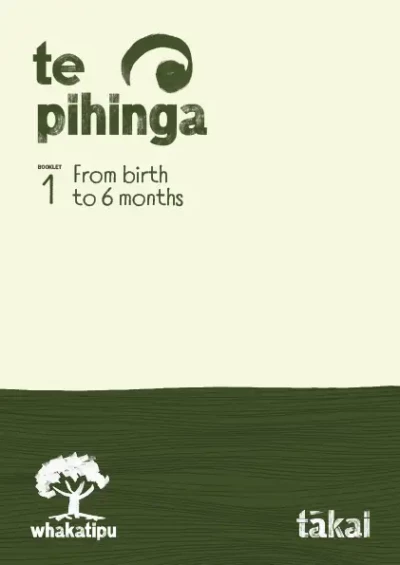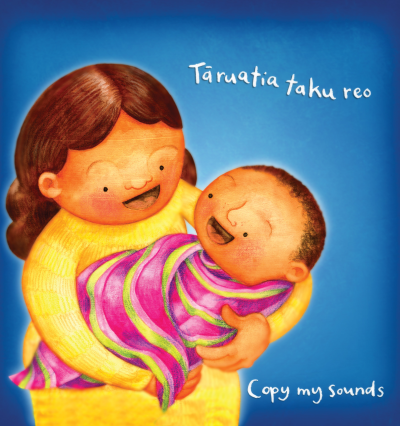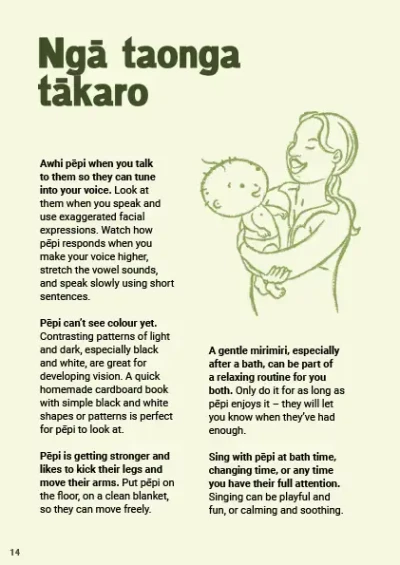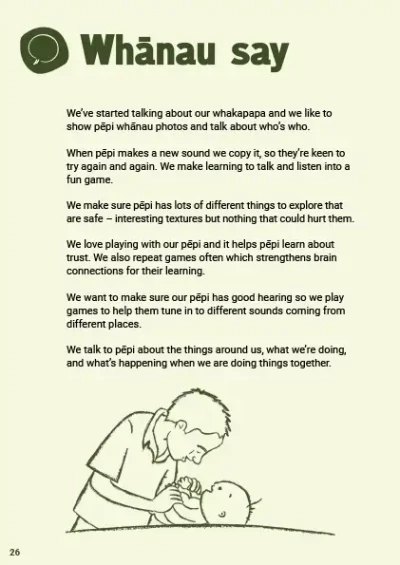
Communication
Whānau can encourage early conversations and aid in the development of the language areas of baby's brain by listening and responding to the noises pēpi is making.
Though it takes time for babies to learn language skills, they are communicating with us from birth. They do this in a variety of ways, including body language, facial expressions, crying and other sounds. There are many ways to engage with pēpi to encourage the development of their language skills.
Why copying baby’s sounds is important
Look at the ‘copy my sounds’ picture on the Tākai baby wall frieze together.
Ask whānau:
- Why do you think this is important?
Read page 26 in the Whakatipu booklet Te Pihinga 1, ‘whānau say’:
"When pēpi makes a new sound we copy it, so they’re keen to try again and again. We make learning to talk and listen into a fun game."
Language areas of the brain are stimulated when parents talk and copy baby’s sounds. It reminds whānau to pay attention and listen to the noises that baby is making — and by repeating them back, whānau are encouraging early conversations.
Tuning into your voice
Babies love voices and will be able to recognise them. Te Pihinga 1 page 14 encourages whānau to look at pēpi when speaking and use exaggerated facial expressions. Babies pay more attention when whānau speak slowly using short sentences, stretch the vowel sounds, and use a higher pitch. A young baby’s brain is able to process this style of speaking more easily.
Other tips on communicating with pēpi
There’s more information about learning to talk and having conversations in Te Pihinga 1. Talk with whānau about what else is happening for pēpi during their early communications.
- Pēpi learn to understand language much earlier than they can speak it.
- By having conversations, pēpi learn about taking turns and sharing.
- Pēpi may practise making sounds when they’re on their own too.
Babies who hear language used often, in everyday loving interactions, are more likely to do well at school and become confident, self-motivated learners.
 pdf 11 MB
pdf 11 MB














